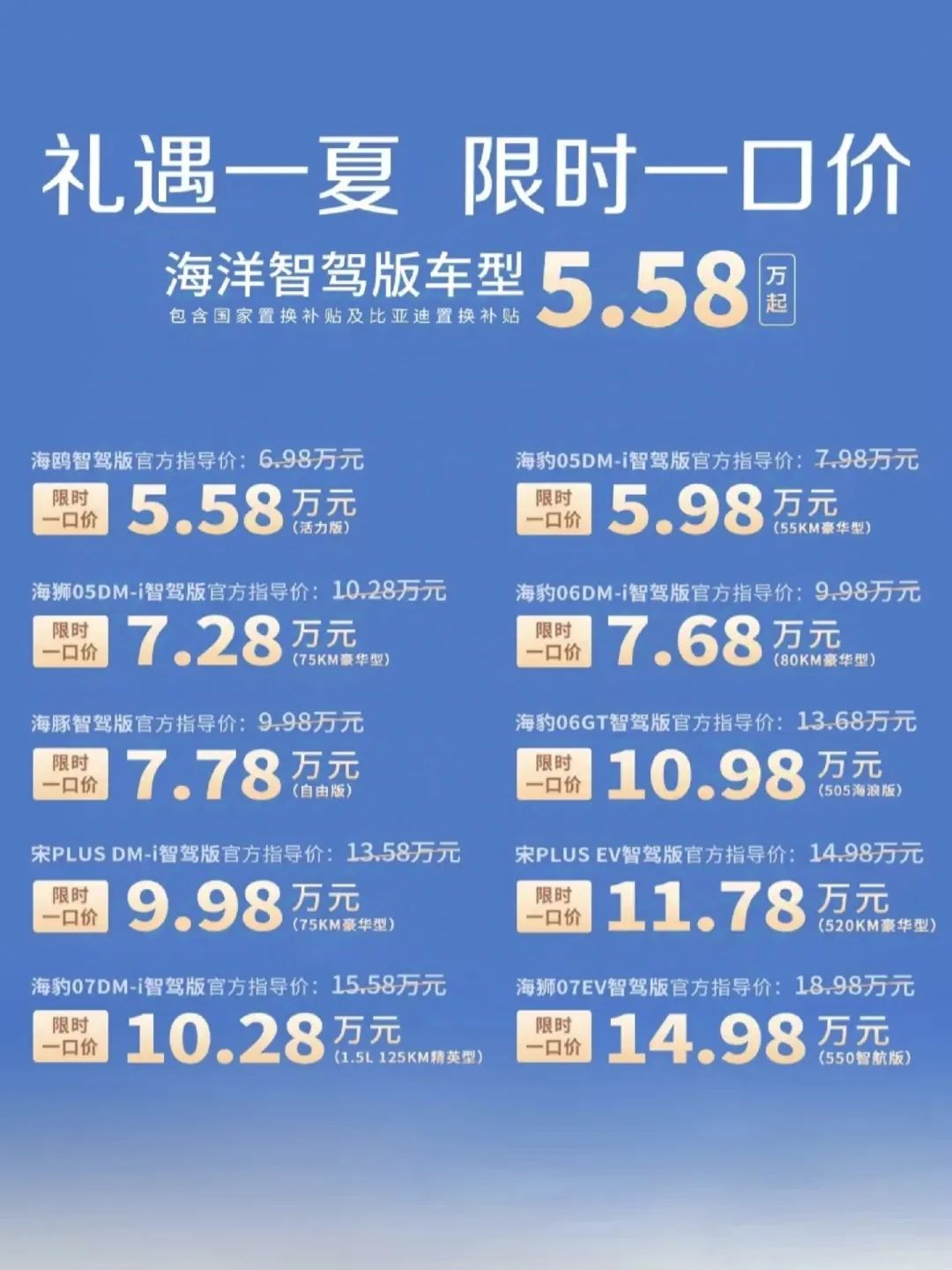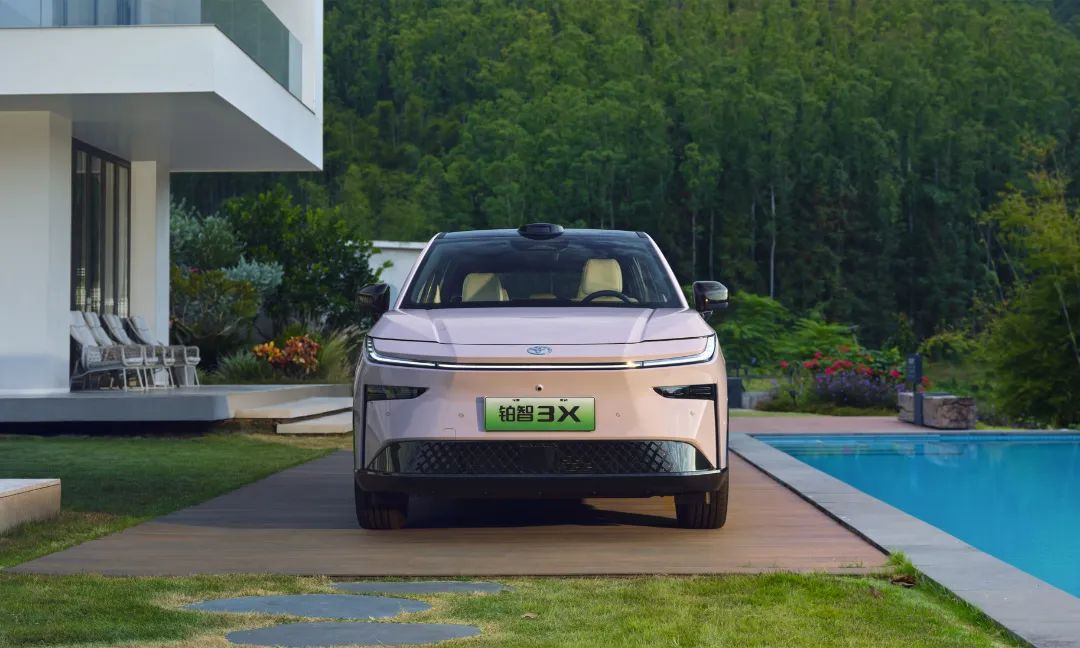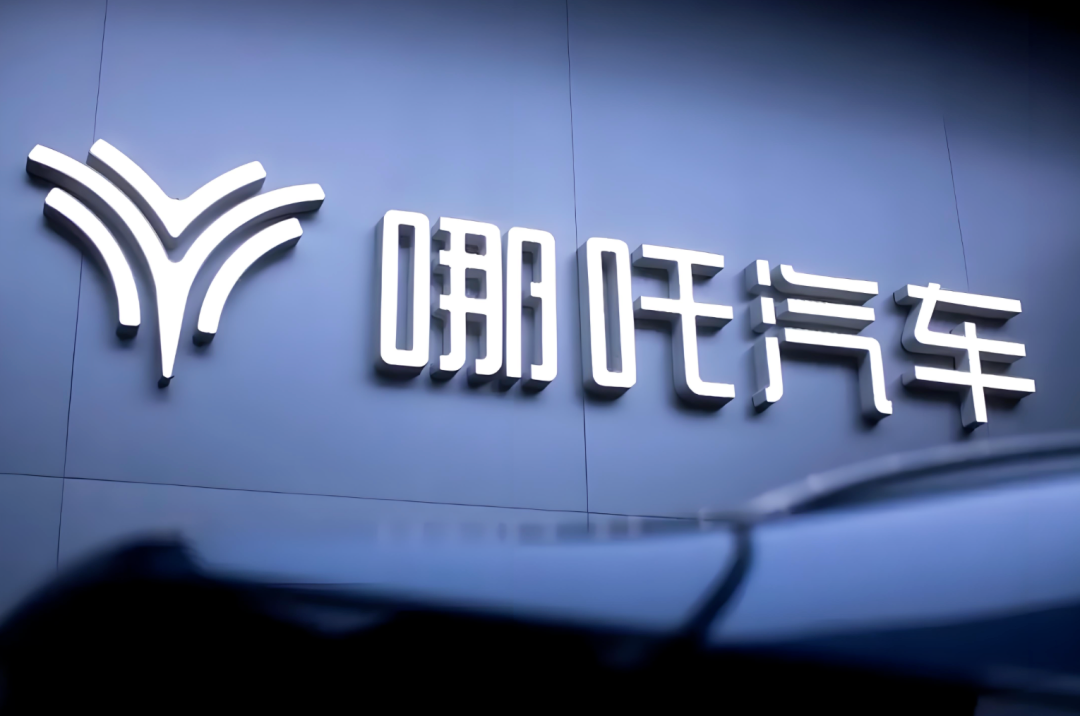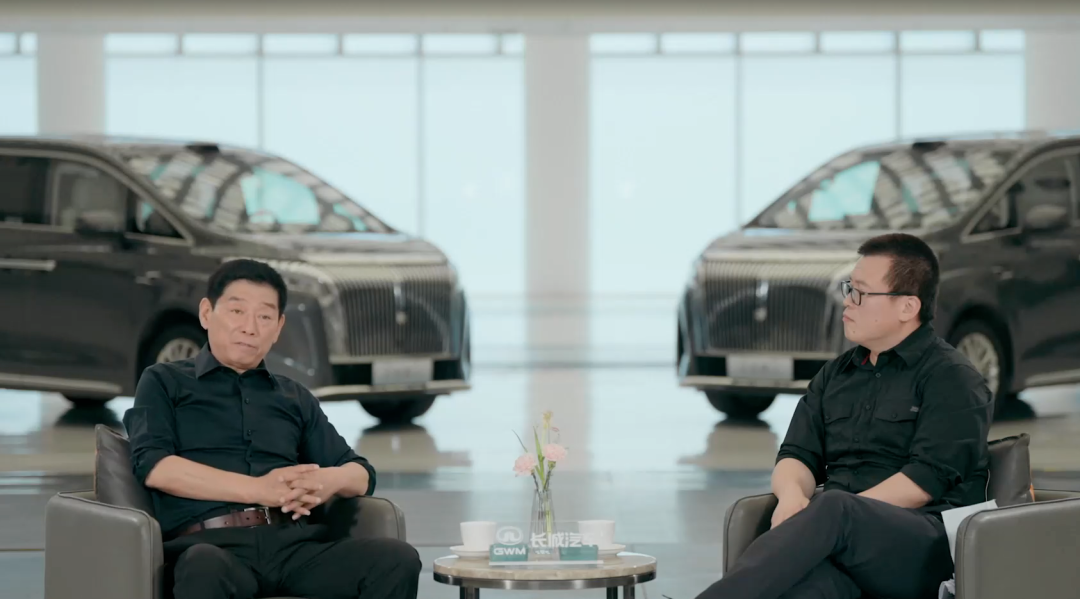Behind the Frenzy of Auto Industry Price Wars: Whose Blood and Tears Are Really Being Shed?
![]() 05/27 2025
05/27 2025
![]() 556
556

"Malicious price cuts and local protection have surged sales of some new energy vehicles, yet profits have plummeted. Some projects have seen their capital chains break, leaving car owners grappling with maintenance and repairs."
The People's Daily has offered such an assessment of the recent price wars in the auto industry.
As the 618 shopping festival looms, automakers are growing increasingly restless, and a fresh wave of price wars has already erupted. On May 23, BYD reignited the price war, causing market turmoil, but this time, the smoke of the price war seems even thicker.
01
Indigenous Brands "Passively" Initiate Price Wars
As early as the end of March this year, BYD officially announced a limited-time fixed-price promotion for 10 of its non-intelligent driving models, with a price reduction of approximately RMB 10,000.
Then, on May 23, BYD launched another limited-time "fixed-price" subsidy campaign, covering 22 intelligent driving models. Among them, the Seal 07DM-i intelligent driving version (1.5L 125km Elite model) saw the largest price reduction, with a limited-time fixed price of RMB 102,800, a decrease of RMB 53,000 from the guidance price.

Following BYD, many automakers followed suit, sparking a wave of fixed-price promotions among indigenous brands.
On May 20, FAW Hongqi officially announced a limited-time fixed price of RMB 235,800 for the 2025 model of the Hongqi H9, with a deadline of May 31. This price represents a decrease of up to RMB 94,000 from the official guidance price.
On May 25, Leapmotor announced a limited-time fixed-price policy for its Leapmotor C16 ER 200 Smart Enjoy version and Leapmotor C11 ER 200 Smart Enjoy version, with discounted prices of RMB 111,800 and RMB 103,800, respectively. Compared to previous prices, these two models offer discounts of RMB 44,000 and RMB 45,000, respectively.
On May 26, Geely Auto's Galaxy brand also launched a limited-time subsidy campaign for seven of its models, including a limited-time subsidy price of RMB 59,800 for the Xingyuan and RMB 79,800 for the Xingjian 7.
If you think BYD, the king of competition, initiated this price war, you would be wrong.
Previously, the GAC Toyota Bozhi 3X was launched with a starting price of RMB 109,800, and its orders exceeded 10,000 within an hour of its launch. In April, it topped the sales ranking of joint venture new energy vehicles with 6,727 units sold. On April 27, the Nissan N7 was officially launched with a starting price of RMB 119,900, and it received over 10,000 orders within just 18 days.

Similarly, Geely Auto's Xingyuan, an indigenous brand, has been directly competing with BYD's Dolphin and Seagull since its launch, seizing a significant share of sales.
For BYD, this is a dilemma. On one hand, there are joint venture brands seizing market share with strong product capabilities and ultra-low pricing. On the other hand, there are also powerful competitors in the same segment. This leaves BYD with only one option: to fight back!
To put it bluntly, BYD was forced to respond, and perhaps other indigenous brands are in the same situation, but isn't this also a form of counterattack?
02
A "Bloody and Tearful" Price War
Affected by the price wars, Hong Kong-listed auto stocks fell across the board today, with Geely Auto down 9.46%, BYD down 8.60%, Leapmotor down 8.45%, and Great Wall Motor down 5.52%...
Although competition is necessary in the market, and survival of the fittest is inevitable, is this kind of price war really what we want to see?
Whether it's a price reduction of RMB 50,000 or RMB 100,000, on the surface, it may just seem like a cold number. But to put it bluntly, price wars are essentially a case of "killing a thousand enemies and losing eight hundred of your own." This applies to both automakers and consumers.
For automakers, price wars reflect the brutal nature of competition in the current auto industry. In the current automotive market, several new forces in carmaking have successively withdrawn from the battlefield, such as Jiyue, HiPhi, and Evergrande Auto. Even Nezha Auto, absent from this year's Shanghai Auto Show, is on the brink of collapse.

After all, the market share of leading automakers is growing larger, and the survival space for small and medium-sized automakers is being excessively squeezed. If they do not choose to follow suit with price reductions, they will only be eliminated from the market faster, especially as the leading automakers become increasingly competitive.
So, price reductions are not about winning, but about not dying too quickly.
For consumers, on the surface, they may seem to be the biggest winners, but after such a prolonged price war, consumers have also suffered significant harm.
One is the "risk of being taken advantage of." In the past two years, there have been instances of automakers betraying consumers, and there have been numerous cases of consumer rights protection, but successful cases are few and far between. The pace of new car launches is accelerating, and cars are increasingly becoming more like electronic products. Everyone seems to have accepted the idea that buying early means enjoying early, while buying late means enjoying discounts.
The other is the "safety risk." In fact, extreme price compression also means extreme cost compression. Cost compression is bound to affect automobile parts. A while ago, Wei Jianjun, CEO of Great Wall Motor, mentioned in an interview, "What kind of industrial product can reduce its price by RMB 100,000 and still maintain quality assurance?"

So, would you dare to buy a car whose price has been reduced by RMB 100,000?
The so-called auto price war is not a simple price competition; essentially, it is overdrawing the future of our entire automotive industry. Automakers feel good about reducing prices, and consumers feel good about buying at lower prices, but what are the consequences?
Perhaps in the short term, price wars will continue, but they will eventually subside. However, this may come at the cost of the blood and tears of countless automakers, automotive professionals, and consumers.
- END - Luo Lin × Dreams still need to be had, just in case they come true








